
When I learned that Virginia Woolf’s home, Monk’s House, was not that far from here (about 80 miles) and was open to the public (it’s a National Trust property) I wondered how I’d not known that before. I’m pretty much a National Trust junkie, and I particularly love seeing the smaller NT properties, especially ones that belonged to writers.
So I immediately planned a day out in Sussex, convincing my poor husband that going to another old house was exactly what he wanted to do on Sunday afternoon.
Monk’s House was the country home of Virginia and Leonard Woolf, located near Lewes, which is east of Brighton, which is south of London. Somehow, when I’d watched the scenes in The Hours where Nicole Kidman plays Virginia, I thought of her living further north. And in a more bustling town. Rodmell, the village where Monk’s House is located, is a collection of cottages and a church, which is next to the property Virginia and Leonard bought in 1919. It’s also a mile or so from the River Ouse, where Virginia drowned in 1940. Again, the movie made it seem like she just went past her garden and jumped into the river.
The home is cozy. Only four rooms are open to the public, including Virginia’s bedroom, with a door that opens into the lush garden. The garden itself, like many English gardens, is as important a destination as the house. It’s laid out as a series of “rooms,” each filled with perennials and flowering shrubs. At the back is an apple orchard, where fruit trees were swelling with apples and pears in September. There are three “ponds” in the garden, oases of calm in the typically riotous English garden. (My husband remarked, “I don’t think Capability Brown ever made it here.” Capability Brown being the ubiquitous 18th garden designer—it seems like every place we’ve been this summer had a Capability connection.)
The house was turned over to the National Trust after Leonard died in 1969, so it’s very much like he left it. My favorite spot wasn’t the house itself, but the garden shed that was Virginia’s writing room, out behind the orchard. All the English writers seemed to have writing sheds. George Bernard Shaw had a revolving one. Roald Dahl had one, which can now be seen at his museum in Great Missenden.
Virginia’s writing shed has a beautiful view, out across the fields and toward the South Downs. She probably smelled the apple blossoms in the spring, the rotting apples in the fall. She entertained the Bloomsbury set there: photos of Lytton Strachey, Clive and Vanessa Bell, and John Maynard Keynes are displayed in her writing shed.
But despite living in such a peaceful setting, with lovely views of the Downs, Virginia wasn’t happy. She suffered from periodic bouts of depression, often brought on from anxiety after sending her writing off to an editor, according to one of the attendants in the house (who’d lived in the village when Virginia was alive). I think every writer is plagued with similar feelings, but hers must have been severe.
Finally her depression got the better of her, and in 1940 she jumped into the River Ouse, her boots loaded with rocks. The attendant at the property said she’d had a trail run the day before, telling Leonard after she came home soaking wet that she’d fallen into the river. The next day she disappeared, and her body was found two weeks later by some local teenagers. She’d apparently tried to choose high tide, so that her body would be washed out to sea, but she misjudged the tide. Now there’s a marker that tells the level of the river. It was rising rapidly as we watched.
Driving home, I asked to my husband if he’d ever imagined that he’d be standing at the same spot Virginia Woolf had when she’d made that fateful decision to end her life. No, he hadn’t really thought about that before—does anyone? I found it eerie, a reminder of how close we are to the river’s edge, even when we’re sitting in our peaceful garden surrounded by bulging apple trees and multi-hued flowers.
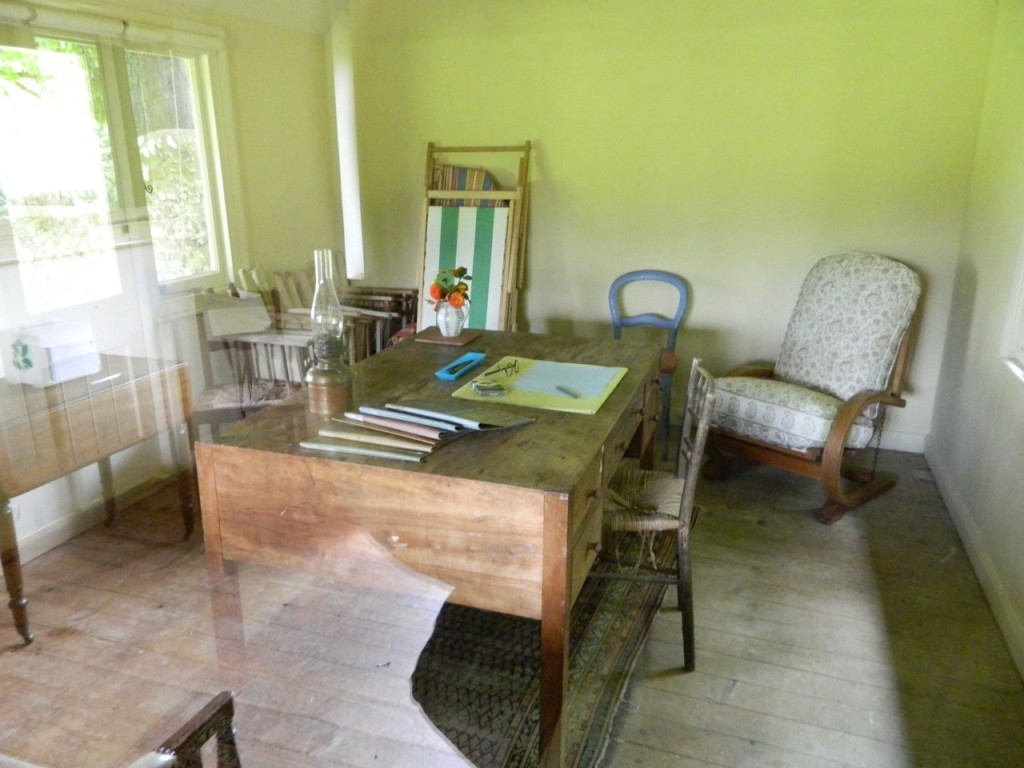
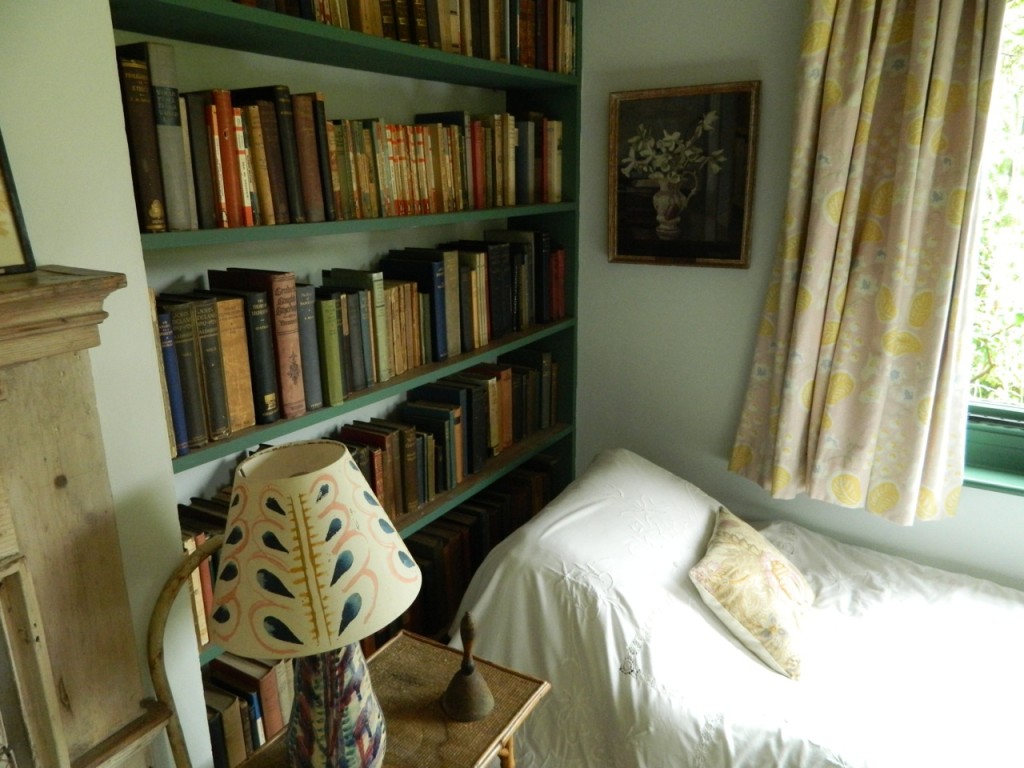
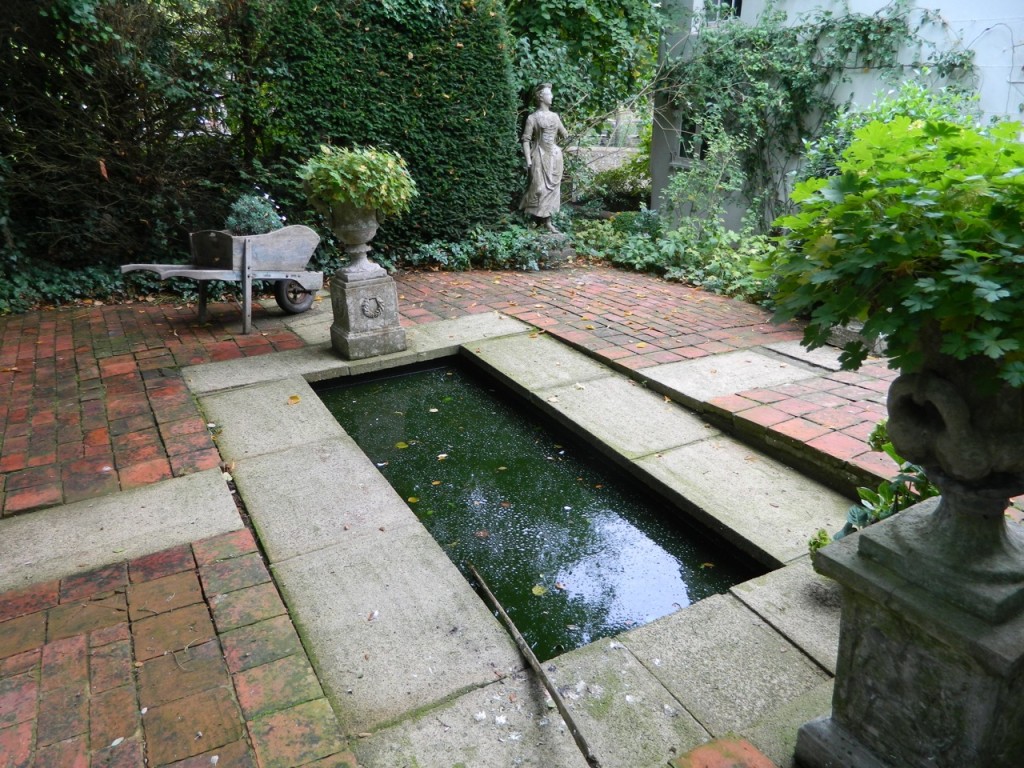

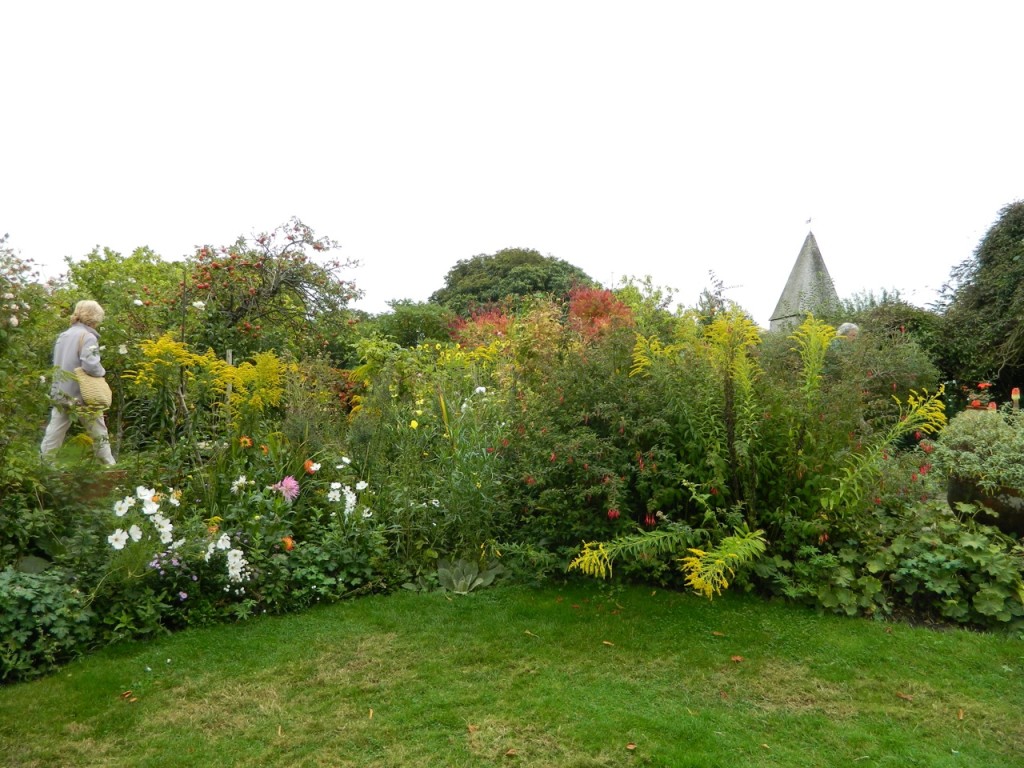
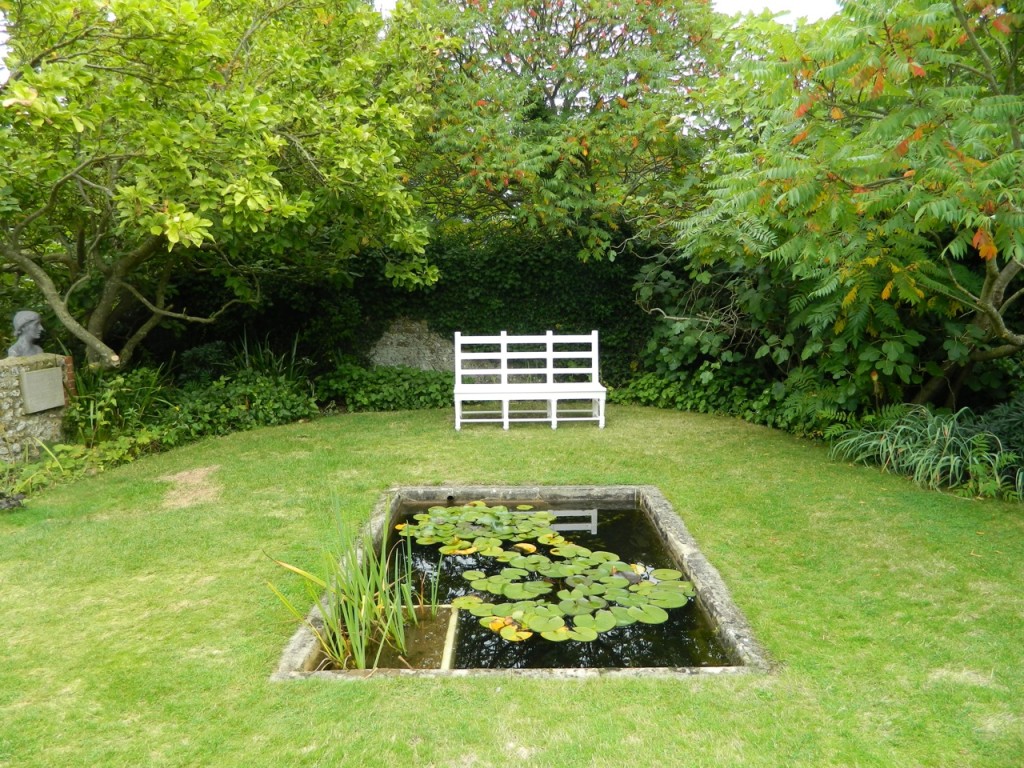
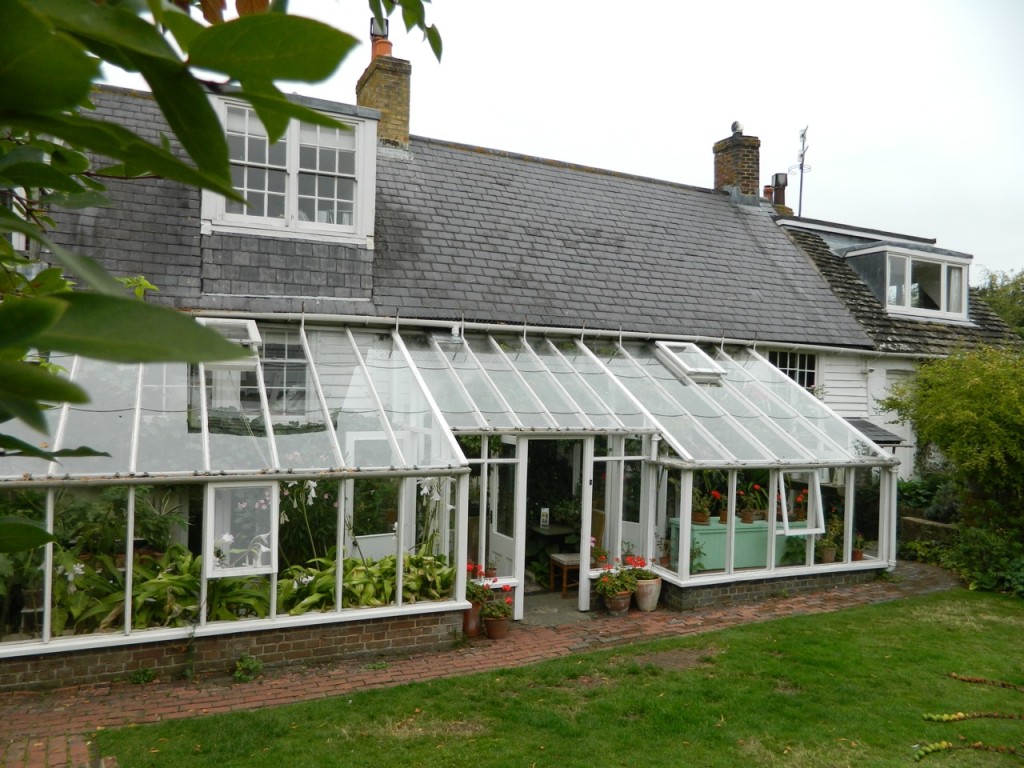
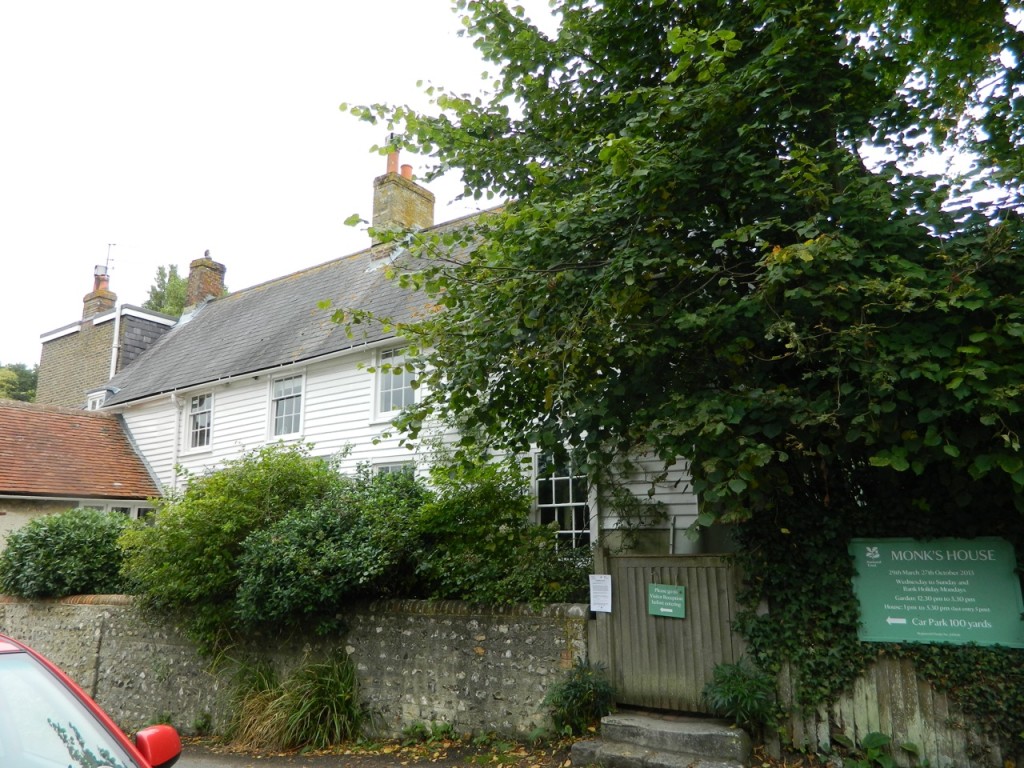
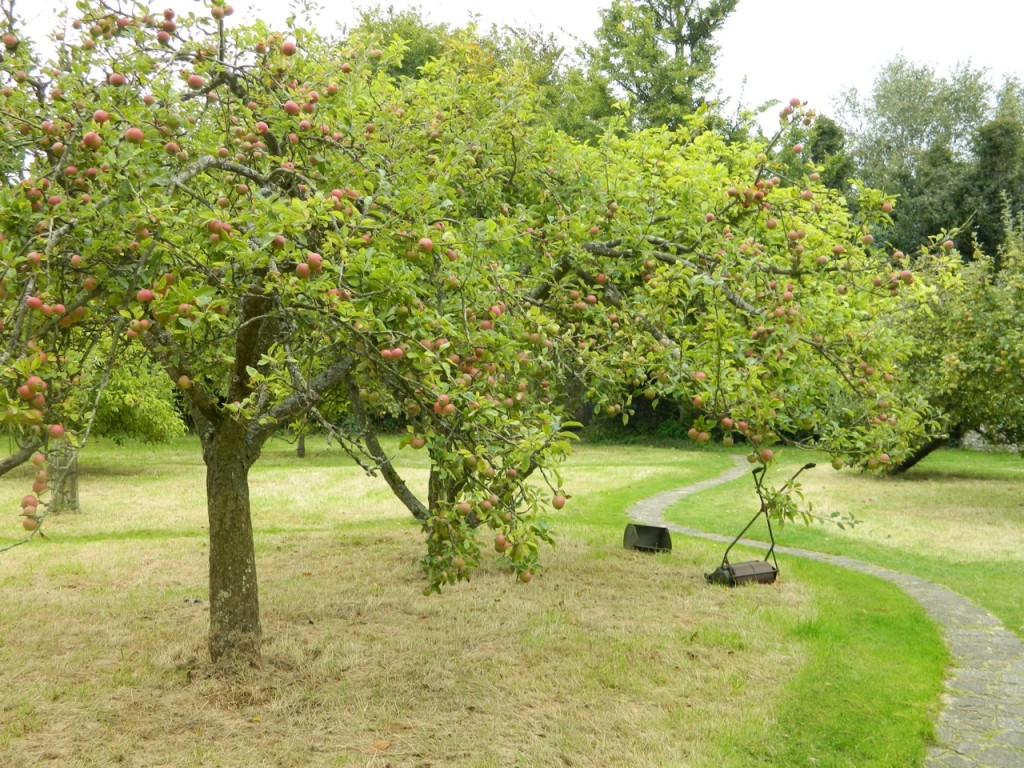
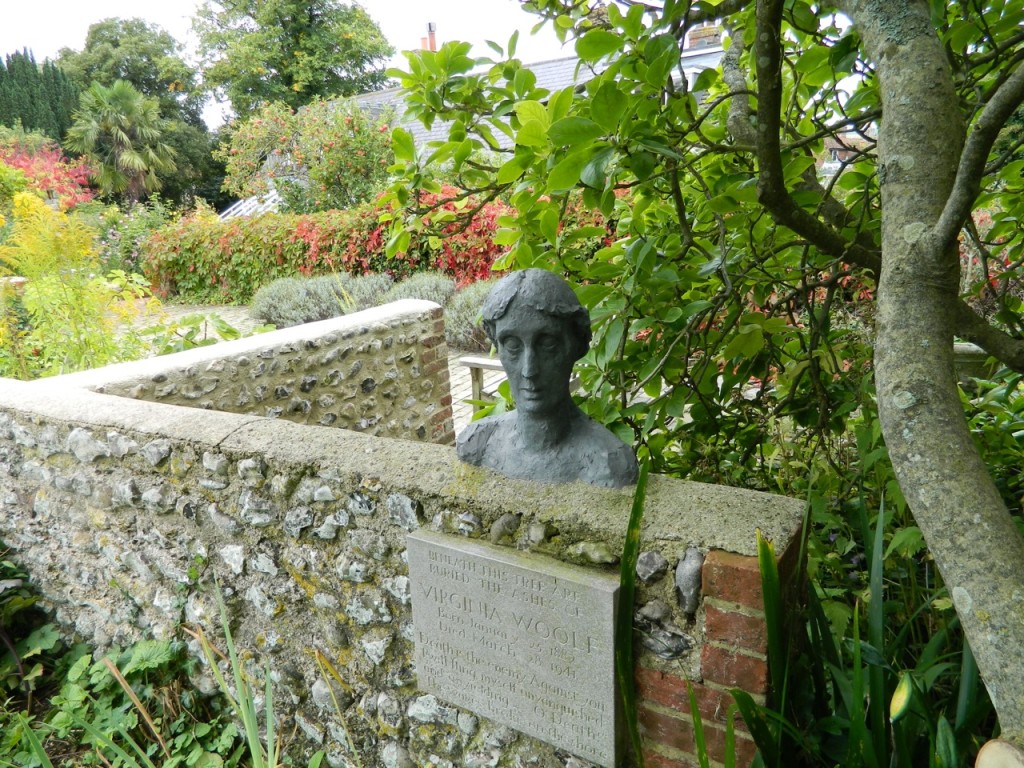
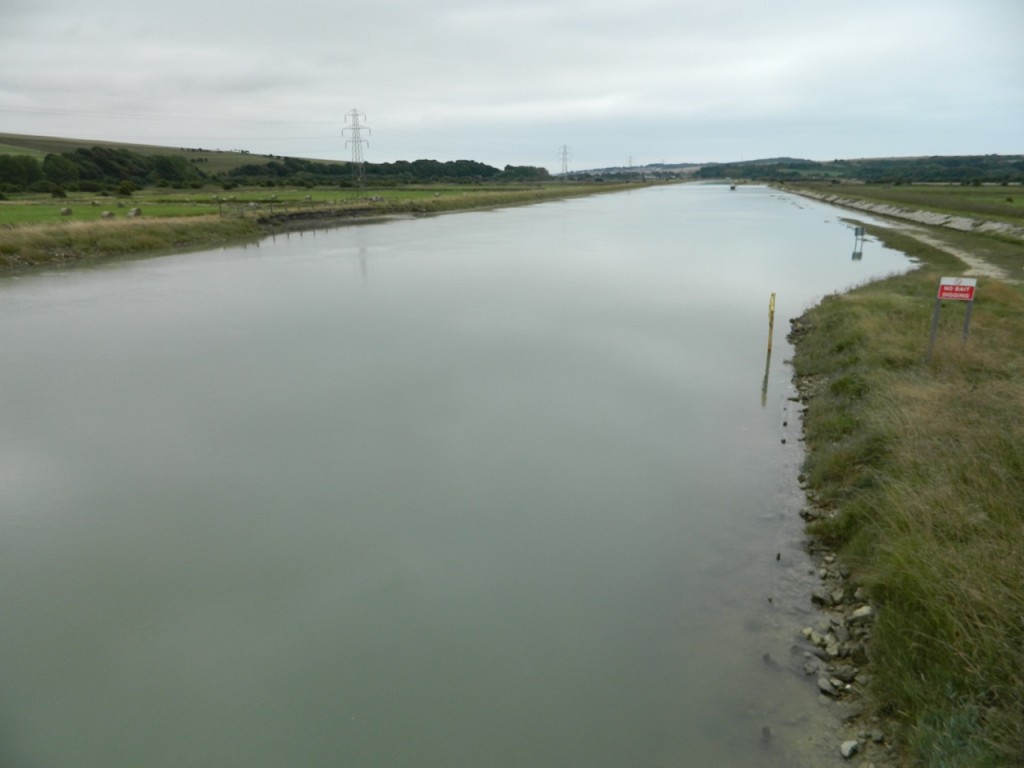
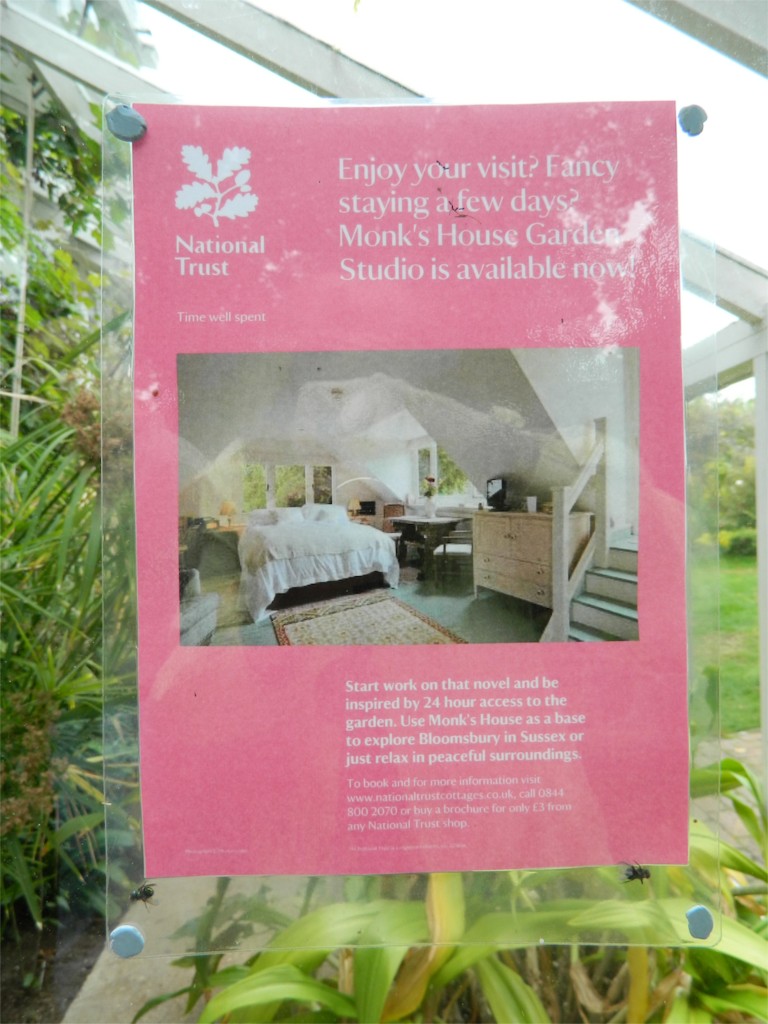

Suzanne Jenkins
March 26, 2019 at 11:30 am (5 years ago)Thank you. Vivid description of her house and the end of life.
Tim Nicholas
February 10, 2020 at 4:20 am (4 years ago)Thank you for this. I am intrigued by all of it and would love to visit the house and gardens. Unfortunately, I live in South Carolina and cannot afford the trip. I am happy to be able to visit this way.